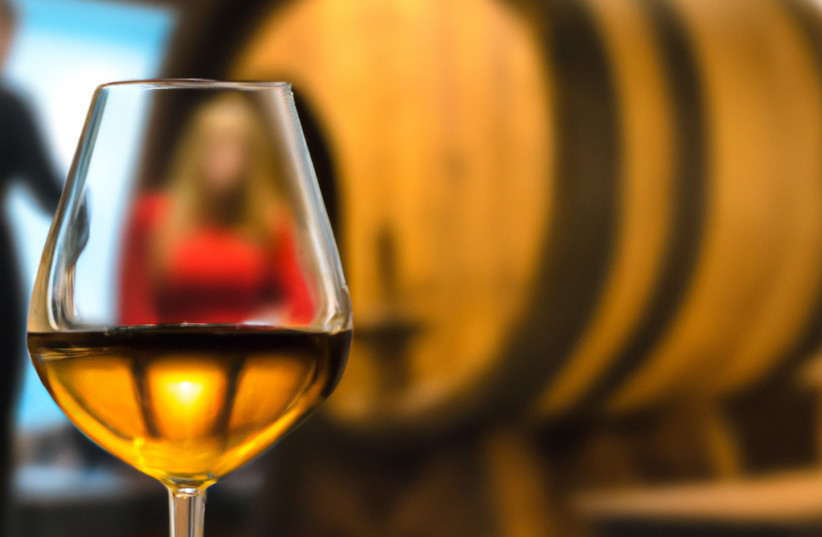Removing the largest serving sizes of wine in 21 licensed establishments around England has been shown to reduce alcohol consumption among customers but not to cut their income.
A new, 17-page study just published in the open-access journal PLOS Medicine and entitled “Impact on wine sales of removing the largest serving size by the glass: An A-B-A reversal trial in 21 pubs, bars, and restaurants in England” has just been published by Theresa Marteau of the University of Cambridge in t6he UK and colleagues.
Alcohol consumption is the fifth-largest contributor to premature death and disease globally. Many cues in physical and economic environments influence alcohol consumption across populations. One proposed intervention to excessive alcohol consumption is reducing the size of servings of alcoholic drinks sold by the glass, but there has been no real-world evidence for the effectiveness of this.
In the new study, researchers asked 21 licensed premises in England to remove from their menus their largest serving of wine by the glass, usually 250 milliliters, for four weeks. The researchers then tracked the total volume of wine, beer and cider sold by each establishment.
How much was alcohol consumption reduced by?
Over one month, the total volume of wine sold by the licensed premises decreased by 7.6%, and there was no overall increase in beer and cider sales. There was a rise in the sales of smaller servings of wine by the glass – usually 125 mL and 175 mL – but no impact on sales of wine by the bottle or beer or cider sales. Despite the decreased volume of wine sold, there was no change in daily revenue. This reflected an increased profit margin for smaller glasses of wine.

Overall, the study suggests that when the largest serving of wine is not available, people shifted toward the smaller options and ultimately drink less alcohol. “This suggests that this is a promising intervention for decreasing alcohol consumption across populations, which merits consideration as part of alcohol licensing regulations,” the authors suggested.
Marteau added that “removing the largest serving size of wine by the glass reduced the volume of wine sold, in keeping with the wealth of research showing smaller serving sizes reduce how much we eat. This could become a novel intervention to improve population health by reducing how much we drink.”
